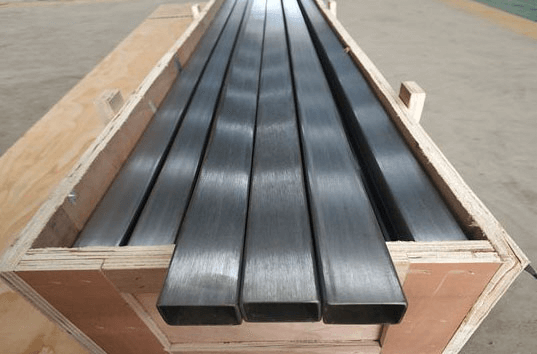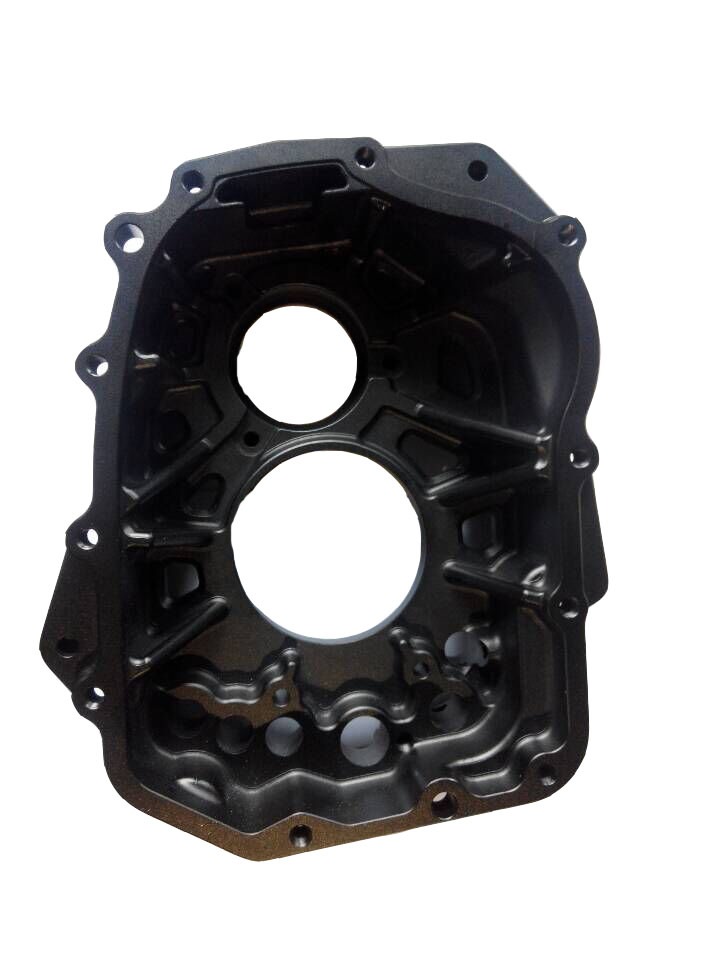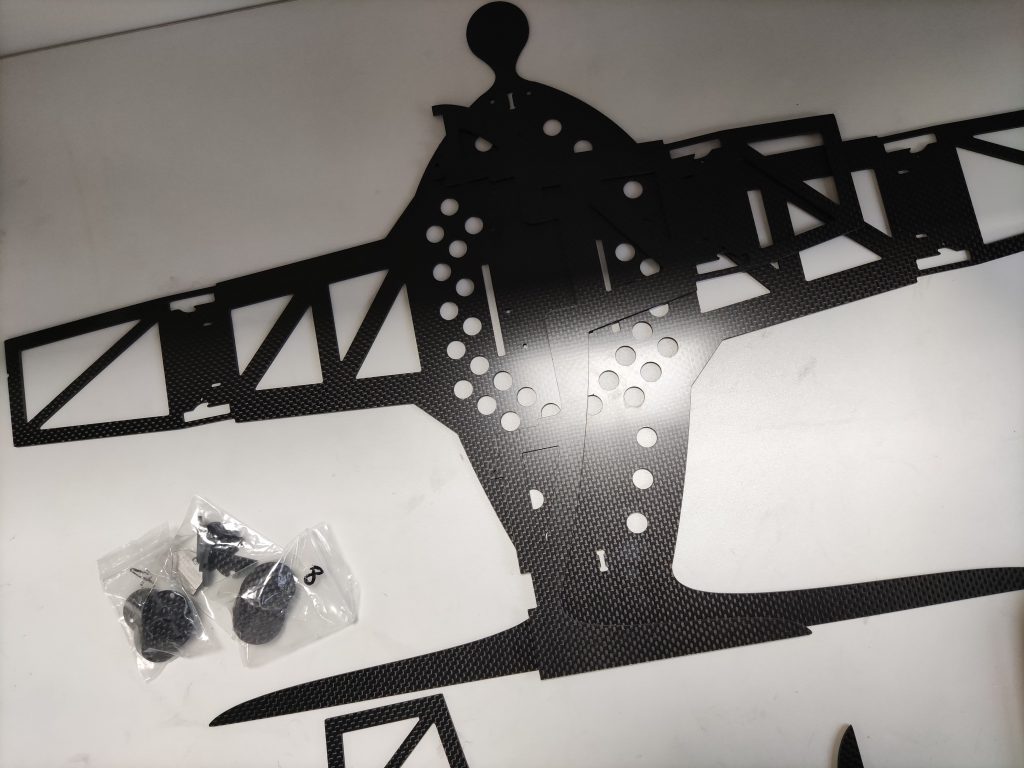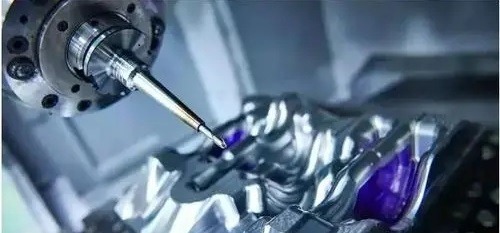The aerospace industry is constantly pushing the limits of what is possible, requiring increasingly lightweight, stronger, and complex components for its high-performance aircraft and spacecraft. To meet these demands, manufacturers use a variety of advanced techniques, including CNC machining, which is one of the most important tools in their arsenal. CNC Machining supplier JTR delves deeply into the world of CNC machining in aerospace, examining why it is the preferred method for producing critical parts, the materials commonly used, and the key considerations for successful implementation. We’ll also discuss the significant advantages that CNC machining brings to the table, accelerating innovation and shaping the future of flight.

What Are the Benefits of CNC Machining for Aerospace?
CNC machining offers a multitude of advantages for manufacturing parts in the aerospace industry. Here’s a breakdown of the key benefits:
- Unmatched Precision and Repeatability: Aerospace components require precise tolerances for proper assembly and functionality. CNC machining excels in this area, delivering exceptional precision and consistency in every part manufactured. This reduces the likelihood of malfunctions and ensures that each component meets its design specifications.
- Complex Designs Conquered: Modern aircraft designs frequently incorporate intricate shapes and functionalities. CNC machining can handle these complexities with ease. The computer-controlled nature allows for highly precise cuts and angles that would be extremely difficult, if not impossible, to achieve using traditional machining methods.
- Lightweighting: Aerospace engineers are constantly striving to reduce weight. Every gram saved translates into higher fuel efficiency and performance. CNC machining is particularly effective with lightweight materials such as aluminum, titanium, and carbon fiber. This enables engineers to design strong yet lightweight components.
- Consistent Quality for Peak Reliability: Consistency is essential in aerospace manufacturing. CNC machining ensures that every part that leaves the production line is an exact replica of the previous one. This reduces the risk of defects and ensures the reliability of each component.
- Reduced Material Waste: CNC machining provides a significant benefit in terms of material waste reduction. The computer-controlled process reduces unnecessary cutting, resulting in more efficient material utilization than traditional machining methods. This not only lowers costs but also adheres to sustainable manufacturing practices.
- Flexibility for Prototyping and Low-Volume Production: CNC machining is ideal for prototyping and small-scale production runs. Its ability to quickly switch between different designs and materials makes it ideal for creating and testing new aerospace components.
- Greater Design Freedom: CNC machining provides a high degree of design freedom. Engineers can create intricate features and internal channels that are impossible to manufacture using traditional methods. This allows for innovation and optimization of aerospace components.

What Materials Are Commonly Used for CNC Machining in Aerospace?
| Material | Properties | Common Applications |
| Aluminum Alloys | Lightweight, strong, corrosion-resistant, and relatively inexpensive | Aircraft structures, engine components, landing gear |
| Titanium Alloys | High strength-to-weight ratio, excellent corrosion resistance, good high-temperature properties | Engine components, structural components, landing gear |
| Carbon Fiber Composites | Extremely lightweight, high strength-to-weight ratio, good stiffness | Aircraft structures, engine components, landing gear |
| Stainless Steel | High strength, corrosion resistance, good wear resistance | Hydraulic systems, fasteners, valves |
| Nickel Alloys | High strength, corrosion resistance, good high-temperature properties | Gas turbine engine components, heat exchangers |
What Are Some Important Considerations for CNC Machining in Aerospace?
CNC machining plays a vital role in the aerospace industry, but several key factors require careful attention to ensure successful part creation. Here’s a breakdown of some crucial considerations:
- Stringent Quality Standards: In the aerospace industry, safety is paramount. Parts must meet rigorous quality standards such as AS9100, which require meticulous documentation, inspection, and traceability throughout the manufacturing process. Deviations can cause part rejection and delays.
- Weight Reduction Obsession: Every ounce counts in aircraft design. Weight reduction leads directly to increased fuel efficiency and overall performance. When choosing materials and machining strategies, aerospace manufacturers prioritize lightweight options such as titanium and carbon fiber, while optimizing toolpaths to reduce material waste.
- Surface Finish Finesse: The surface finish of a part greatly affects its performance. In some cases, a smooth finish reduces friction and wear, whereas a textured finish may be required to improve adhesion with other components. CNC machining provides a variety of finishing options, but choosing the right one is dependent on the application and functional requirements.
- Machinability of Materials: Certain materials, such as titanium and some high-strength steels, can be difficult to machine due to their hardness and tendency to work harden. Choosing the right tooling, cutting speeds, and coolants is critical for achieving the desired results while avoiding tool wear or part defects.
- Cost Efficiency Considerations: While CNC machining provides exceptional precision and control, it can be expensive when compared to high-volume production methods. Balancing cost-effectiveness and part requirements is critical. For example, simpler parts may be better suited to alternative methods such as casting or forging for larger production runs.
- Advanced Programming Expertise: To maximize the potential of CNC machining in aerospace, skilled programmers must be able to create complex toolpaths that achieve the desired geometries and surface finishes. Optimizing toolpath strategies has a significant impact on machining time, material usage, and overall production efficiency.

Conclusion
CNC machining has become an essential technology in the aerospace industry. Its ability to deliver unrivaled precision, handle complex designs, and work with lightweight materials makes it ideal for producing the high-performance components that keep modern aircraft flying. CNC machining provides numerous benefits, including ensuring consistent quality for peak reliability and reducing material waste for a more sustainable approach. As the aerospace industry evolves, CNC machining will undoubtedly remain an important tool, adapting and improving to meet the ever-increasing demands of tomorrow’s spacecraft and aircraft. JTR is a professional in cnc manufacturing in China, so If you want to know more information about CNC machining, please follow us for more guides.










